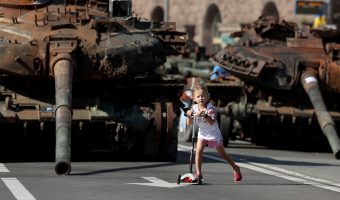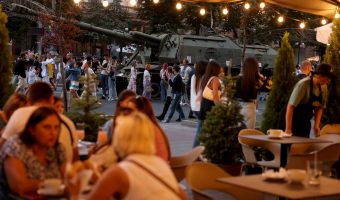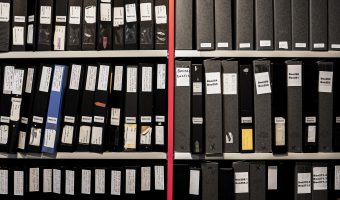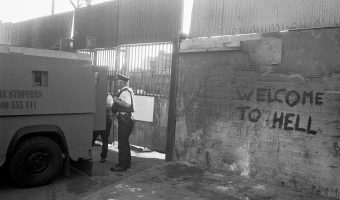Exhibition Response: ‘Rohingya’
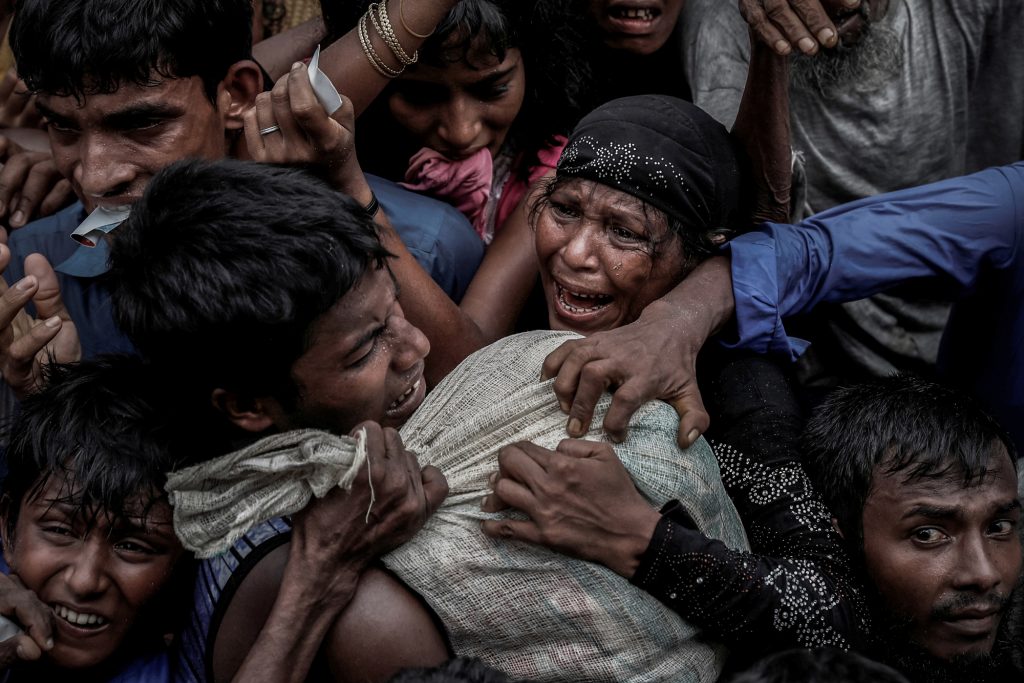
ESSAY
Exhibition Response: ‘Rohingya’
Essay from Slavka Sverakova’s blog
The gallery handout introduces the photographer thus:
“Pulitzer Price winning Northern Irish photographer Cathal McNaughton travelled to Cox’s Bazar in 2017 to document the plight of the Rohingya people who were fleeing a deadly crackdown by Myanmar’s army on Rohingya Muslims, forcing hundreds of thousands across the border into neighbouring Bangladesh”
I cannot be sure that the similarity of the composition and viewpoint is a deliberate reminder of a biblical story. However, even the distribution of light echoes some well known paintings. Even if its authorship has been disputed, the image still appears as painted by Hieronymus Bosch or his follower.
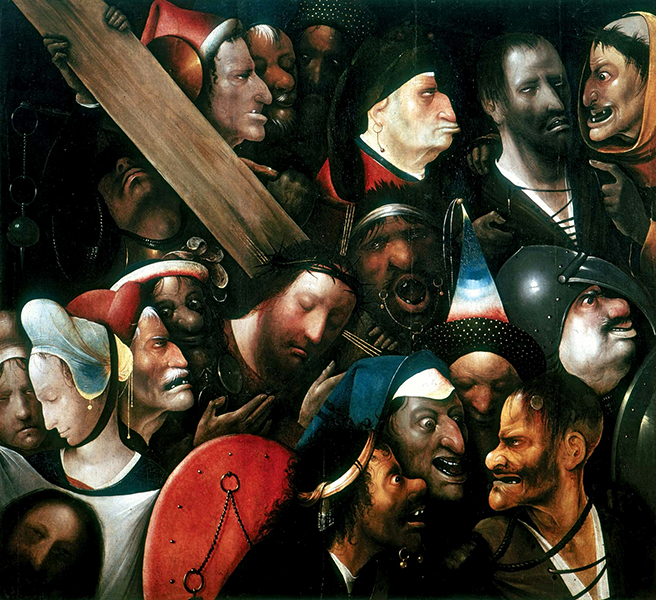
The similarity is more in the feeling that both images represent the capacity of both the irrational hatred, and the way to cope with adverse experience.
The last photograph is life size – covering the whole height of the gallery wall, reminiscent of medieval and renaissance European frescoes. The photographer said it was enlarged using Photoshop.
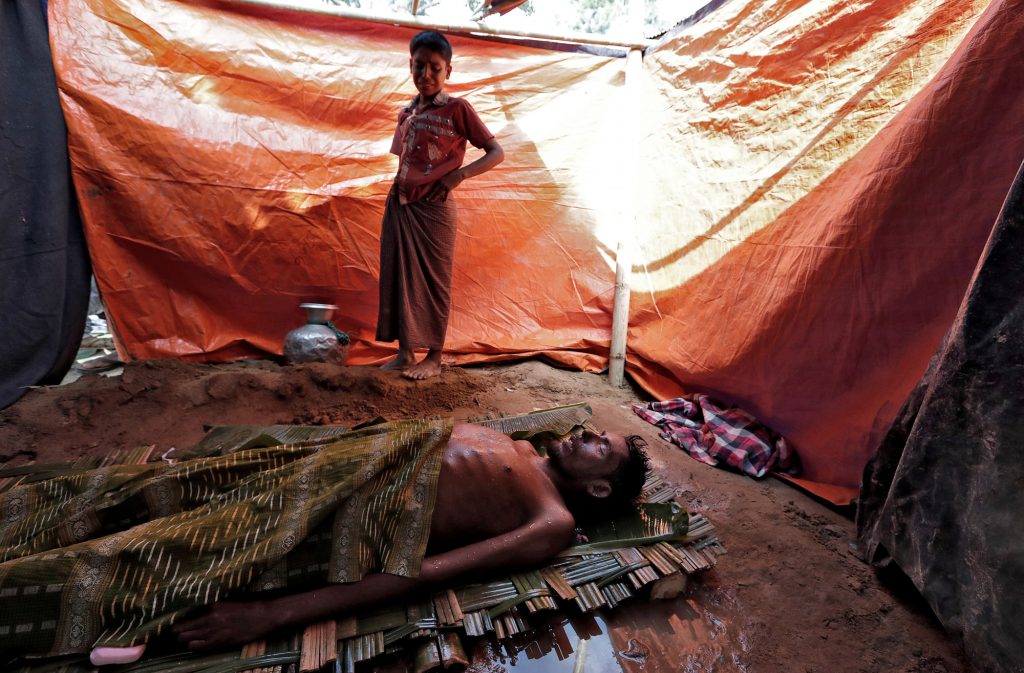
Cathal McNaughton stated “Documenting this crisis is a harrowing process. The thing you can’t appreciate in the photographs are the noises when thousands and thousands of people are fighting for their lives…. You see humanity at its most basic in front of you. Children fighting adults for food, adults stealing food and aid from children, it’s very hard to take in…. To see these people being beaten back from basic necessities – even though if the guards hadn’t done so there would be mass casualties – it’s a very surreal environment and not something you can be prepared for.”
And that is the substantial difference between these photographs and that older art. They are not born out of a “word” uttered and recorded centuries ago. Instead, they document the failure of humanity now.
Vision to vision.
Eye to brain and vice versa.
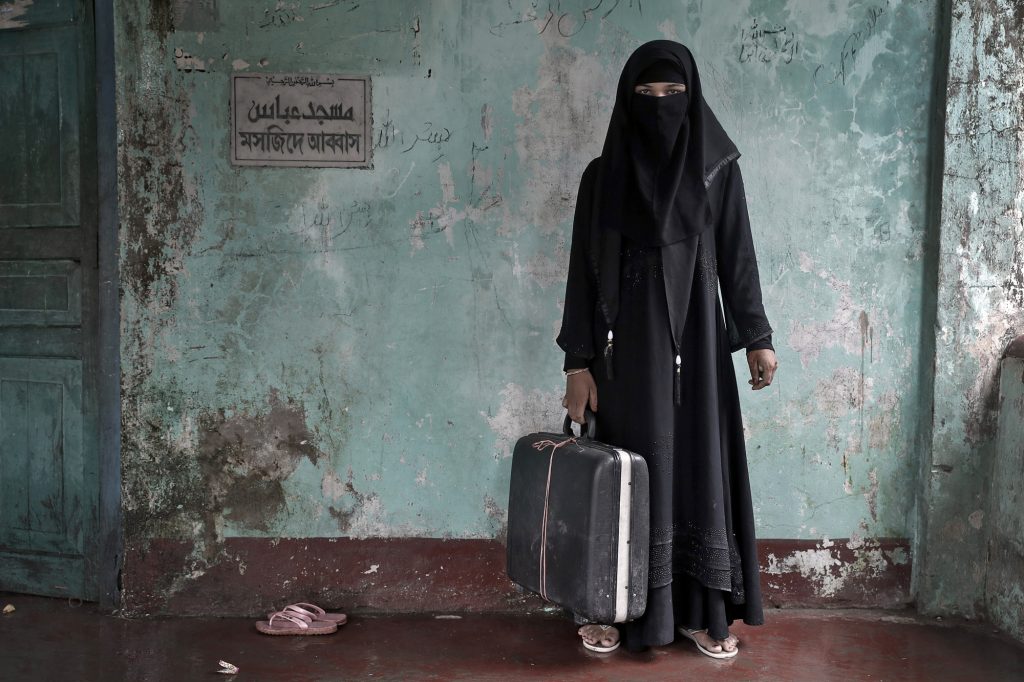
Semir Zeki devoted the whole chapter to give a sketchy account of what happens in our brains when we look at works of art (see his book ‘Inner Vision’). It is not significant whether these photographs are perceived as document or as visual art, because they are, in the view of the institutional theory of art (Dickie et al), both.
Zeki claims that narrative art is a search for essentials and constants to build up knowledge about the world. Even if the viewer does not know the data – the who, what and when – these images constitute a profound knowledge about human species. He points out that even if a small part of the perceptive field is stimulated in the appropriate way, it results in a reaction of the cells in the brain. Antonin Artaud has compared art to a plague, that infects the body before you know it.
The reason why it does not matter whether the viewer thinks of these images as documents or art is rooted in that receptive field, when stimulated. When you look and see the images…
And then the viewpoint, colour, composition and role of detail – in this case similar to passions of Christ painted centuries ago – matters. Together, it appears as the stimulus which conforms to the characteristics of the visual cells receptive field. Then and now.
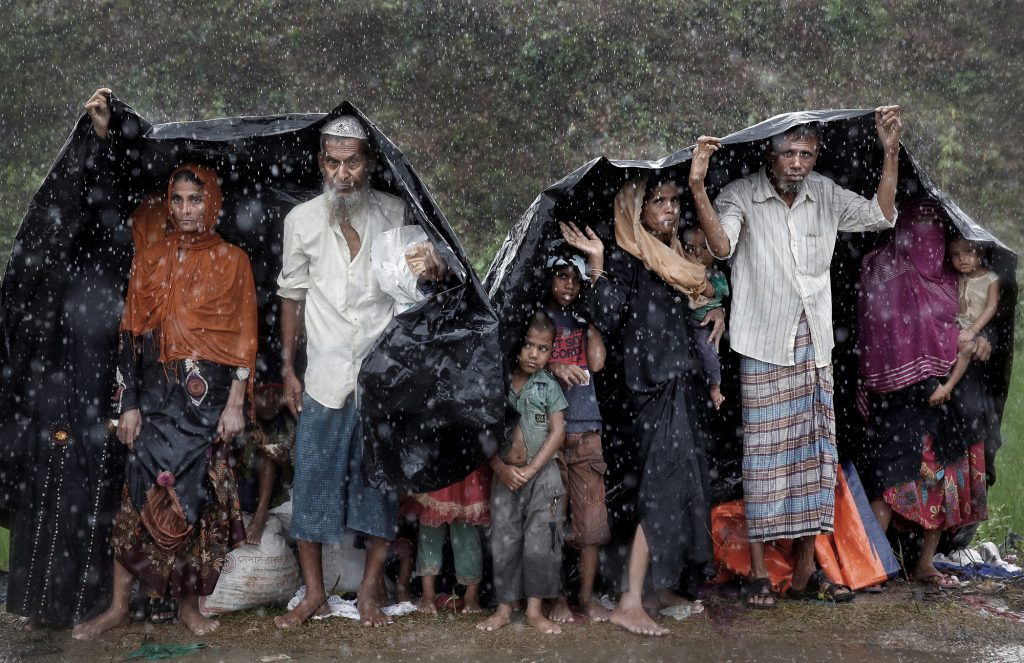
A caveat: there are many examples of the specificity of receptive fields. Zeki concludes: “It is for this reason that I speak of the art of the receptive field, because it appears to be so well tailored to the physiology of single cells as studied through their receptive field..”(ibidem 103). The significance of this offers one implicit supposition: that what happens in one brain (artist) is pretty similar to what happens in another brain (various viewers).
The caveat, to allow for differences in judgement, comes from the peculiar characteristics of the aesthetic function. Jan Mukarovsky observed that the stimulus that evokes aesthetic experience for everybody works, because the aesthetic function is fluid, it can appear either as religious, historical, political, poetical, biological etc. at the same time to different viewers. In the case of photography this fluency is narrowed down (not erased) by the apprehension that the lens captures the truth.
Zeki concludes: “It is true that we cannot today relate aesthetic experience directly to what happens in the brain…and about the power of works of art to disturb and arouse us emotionally.” But the finding that what happens on a elementary perceptual level in one brain happens in another, is one reason we can communicate about art and through art.
For a contemporary viewer, the suffering locked in these lens based images – which are but fragments – has power of truth about all humanity.
Read more on the exhibition ‘Rohingya’

